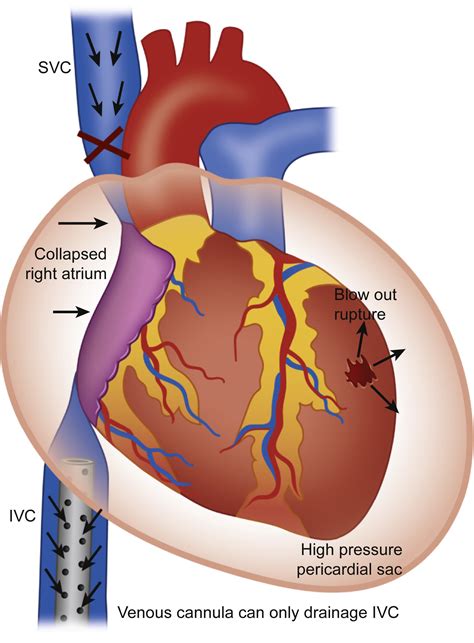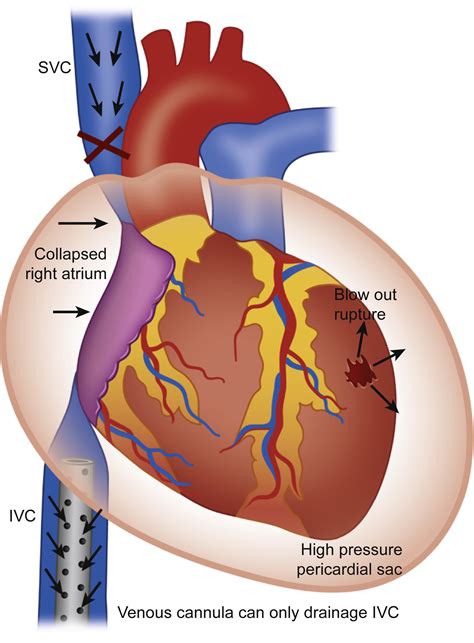lv free wall rupture type | left ventricular rupture statistics lv free wall rupture type Left ventricular free wall rupture (LVFWR) is a rare complication of acute myocardial infarction (AMI), occurring in approximately 2% of cases 1 but even less frequently when primary .
The Air-King 14000 has an in-house (developed and manufactured by Rolex) caliber 3000 automatic, self-winding movement. The specs list it as having a 42-hour power reserve, but due to the age, most unserviced movements will have less than that. It is not COSC certified. I noticed an accuracy of -7 seconds per day.
0 · ruptured left ventricular
1 · left ventricular wall rupture surgery
2 · left ventricular rupture statistics
3 · left ventricular rupture rv
4 · left ventricular rupture ncbi
5 · left ventricular free wall rupture treatment
6 · left ventricular free wall rupture
7 · free ventricular wall rupture
It was the first instance of an automatically changing date mechanism and utilized the Oyster case and Perpetual movement. The following decade saw the release of numerous core models, such as the Submariner, GMT-Master, Explorer, and Oyster Perpetual.
In this paper, we provide an update on the clinical, electrocardiographic, echocardiographic, and angiographic features of these patients, identifying the different forms .Between June 1993 and May 2006, 32 patients with an average age of 73 years (range, from 55 to 96 years) were surgically treated for LV free wall rupture. Sutureless technique (gluing .
Becker and colleagues identified 3 morphological types of FWR. Type I rupture is characterized as an abrupt, slit-like myocardial tear and corresponds to the acute phase of . The left ventricular free-wall rupture is a serious and often lethal complication following an ST elevation myocardial infarction. However, very rarely this rupture can be . Surgical experience for left ventricular free wall rupture after myocardial infarction has been reported, which was performed on heart beating using direct closure, large patch .
Left ventricular free wall rupture (LVFWR) is a rare complication of acute myocardial infarction (AMI), occurring in approximately 2% of cases 1 but even less frequently when primary . Patients with an oozing type of rupture located on lateral or anterolateral wall can be treated with sutureless techniques often without cardiopulmonary bypass. Patients with a blow . LV-free wall rupture is managed by resectioning the infarcted area and closure of the region with polytetrafluoroethylene or polyester patches or biological glues. Surgical repair is recommended for pseudoaneurysms, even if asymptomatic, as they carry a high risk of rupture.Left ventricular free-wall rupture (LVFWR) is an uncommon but serious mechanical complication of acute myocardial infarction. Surgical repair, though challenging, is the only definitive treatment. Given the rarity of this condition, however, results after surgery are still not well established.
Left ventricular free-wall rupture (LVFWR) may represent a dramatic and life-threatening event, occurring in up to 2% of patients with acute myocardial infarction (AMI). 1, 2 The clinical presentation varies from a catastrophic blowout type characterized by cardiogenic shock and eventually cardiac arrest, to the oozing type with haemodynamic .In this paper, we provide an update on the clinical, electrocardiographic, echocardiographic, and angiographic features of these patients, identifying the different forms in which free wall rupture presents.
Between June 1993 and May 2006, 32 patients with an average age of 73 years (range, from 55 to 96 years) were surgically treated for LV free wall rupture. Sutureless technique (gluing autologous patch to the tear) was applied in all patients. Becker and colleagues identified 3 morphological types of FWR. Type I rupture is characterized as an abrupt, slit-like myocardial tear and corresponds to the acute phase of AMI (<24 hours). In the type II rupture, an area of myocardial erosion is evident, indicating a slowly progressive tear. The left ventricular free-wall rupture is a serious and often lethal complication following an ST elevation myocardial infarction. However, very rarely this rupture can be contained by the pericardium, forming a pseudoaneurysm.
Surgical experience for left ventricular free wall rupture after myocardial infarction has been reported, which was performed on heart beating using direct closure, large patch and glue technique to secure homeostasis.Left ventricular free wall rupture (LVFWR) is a rare complication of acute myocardial infarction (AMI), occurring in approximately 2% of cases 1 but even less frequently when primary percutaneous intervention can be performed. 2 This complication is often fatal.

Patients with an oozing type of rupture located on lateral or anterolateral wall can be treated with sutureless techniques often without cardiopulmonary bypass. Patients with a blow out type of rupture or actively squirting lesions would require a sutured approach. LV-free wall rupture is managed by resectioning the infarcted area and closure of the region with polytetrafluoroethylene or polyester patches or biological glues. Surgical repair is recommended for pseudoaneurysms, even if asymptomatic, as they carry a high risk of rupture.Left ventricular free-wall rupture (LVFWR) is an uncommon but serious mechanical complication of acute myocardial infarction. Surgical repair, though challenging, is the only definitive treatment. Given the rarity of this condition, however, results after surgery are still not well established.
ruptured left ventricular
Left ventricular free-wall rupture (LVFWR) may represent a dramatic and life-threatening event, occurring in up to 2% of patients with acute myocardial infarction (AMI). 1, 2 The clinical presentation varies from a catastrophic blowout type characterized by cardiogenic shock and eventually cardiac arrest, to the oozing type with haemodynamic .In this paper, we provide an update on the clinical, electrocardiographic, echocardiographic, and angiographic features of these patients, identifying the different forms in which free wall rupture presents.
givenchy oficial
Between June 1993 and May 2006, 32 patients with an average age of 73 years (range, from 55 to 96 years) were surgically treated for LV free wall rupture. Sutureless technique (gluing autologous patch to the tear) was applied in all patients. Becker and colleagues identified 3 morphological types of FWR. Type I rupture is characterized as an abrupt, slit-like myocardial tear and corresponds to the acute phase of AMI (<24 hours). In the type II rupture, an area of myocardial erosion is evident, indicating a slowly progressive tear.
The left ventricular free-wall rupture is a serious and often lethal complication following an ST elevation myocardial infarction. However, very rarely this rupture can be contained by the pericardium, forming a pseudoaneurysm. Surgical experience for left ventricular free wall rupture after myocardial infarction has been reported, which was performed on heart beating using direct closure, large patch and glue technique to secure homeostasis.Left ventricular free wall rupture (LVFWR) is a rare complication of acute myocardial infarction (AMI), occurring in approximately 2% of cases 1 but even less frequently when primary percutaneous intervention can be performed. 2 This complication is often fatal.
left ventricular wall rupture surgery

left ventricular rupture statistics
1987 Rolex Oyster Perpetual Date Ref. 15037 In 14k Yellow Gold - HODINKEE Shop. Why This Watch Matters The classic Rolex OP Date, this time in 14k yellow gold. The Full Story We can't get enough of the quintessential Rolex Date. It's a truly well-proportioned watch that can be dressed up or down with ease.When it comes to affordable, entry-level 1980 Rolex watches, the Oyster Perpetual Date ref. 15053 is hard to beat. It averages around 4K on the pre-owned market and offers Rolex’s iconic two-tone styling at a significantly lower price relative to comparable 36mm Datejust watches. See more
lv free wall rupture type|left ventricular rupture statistics


























